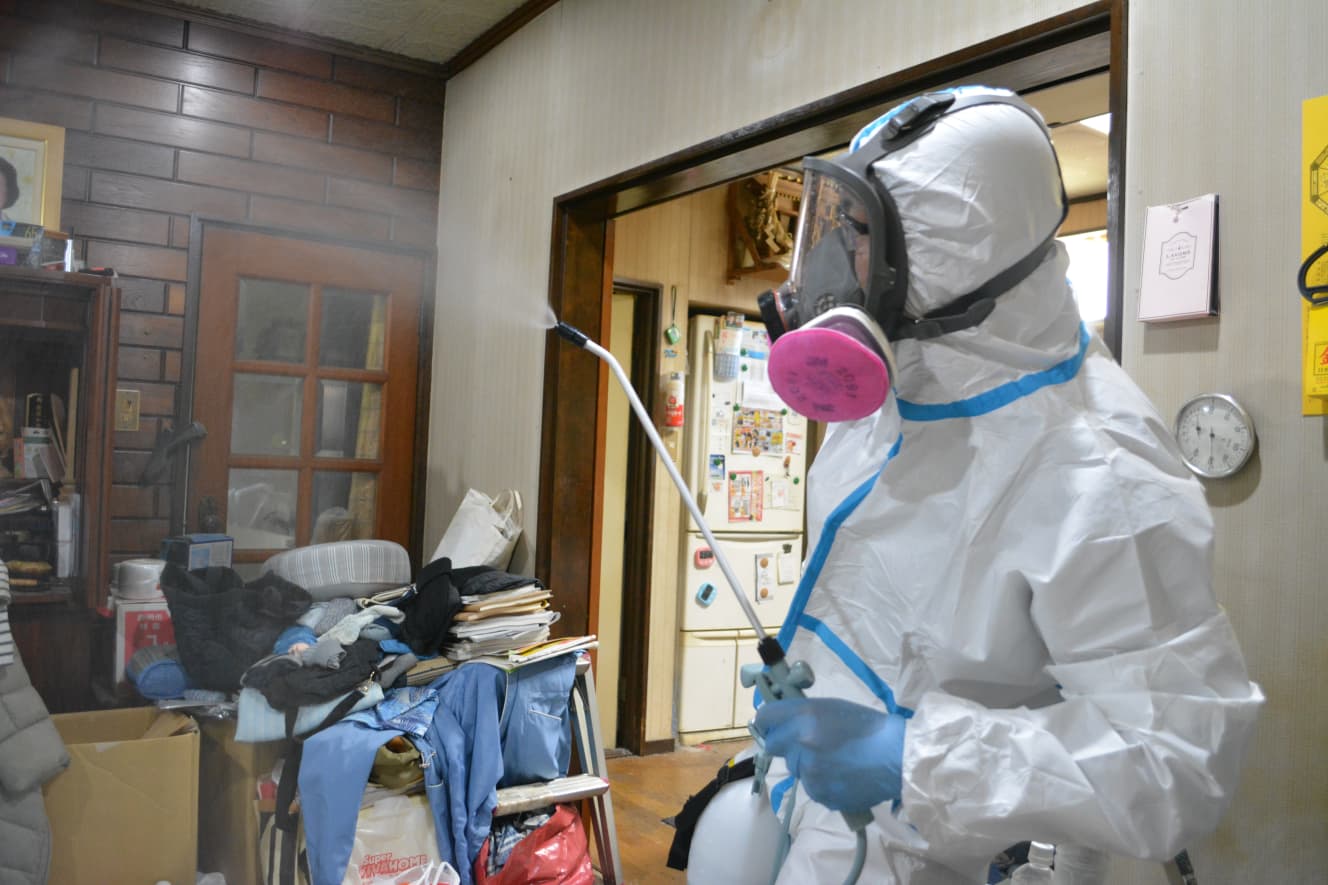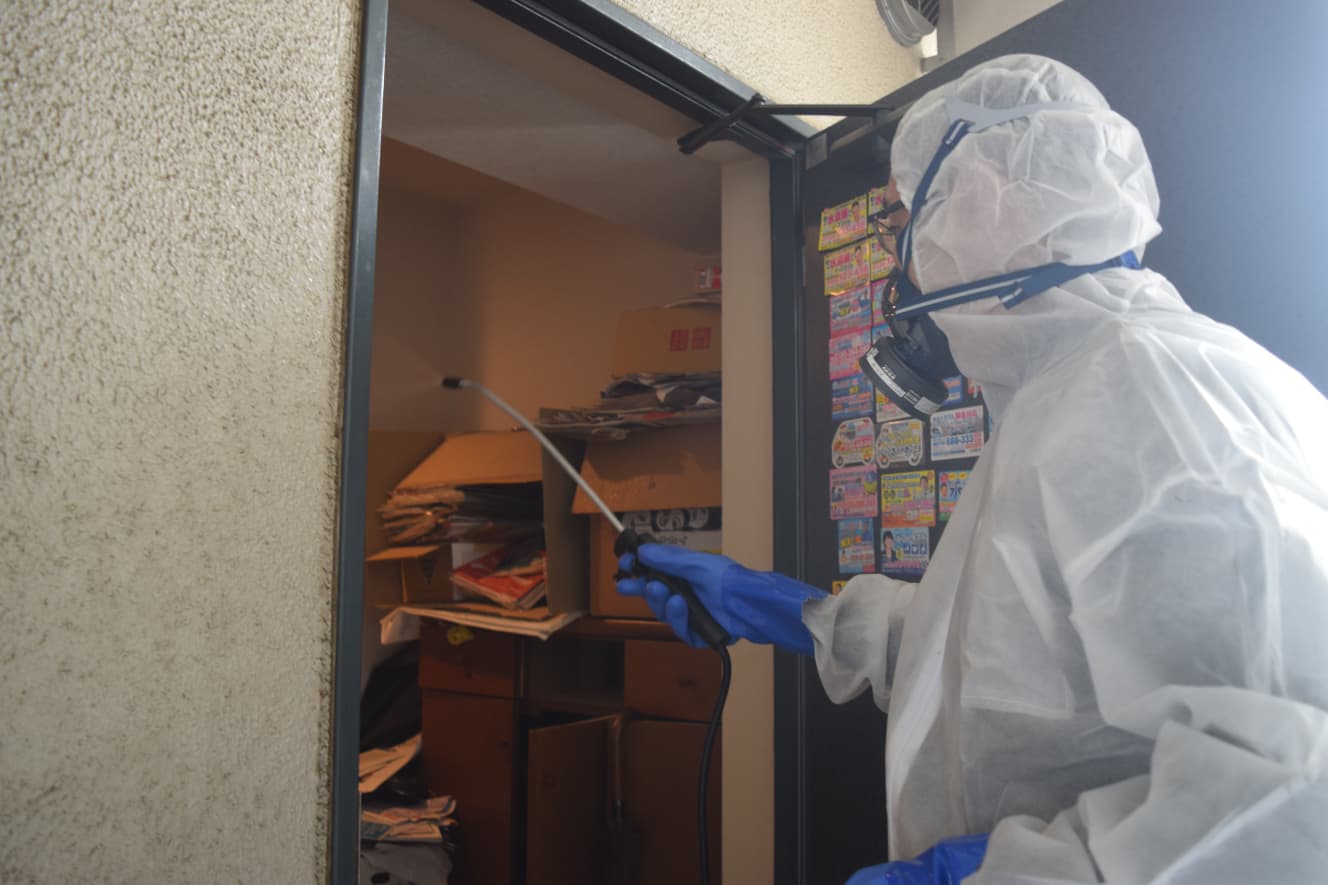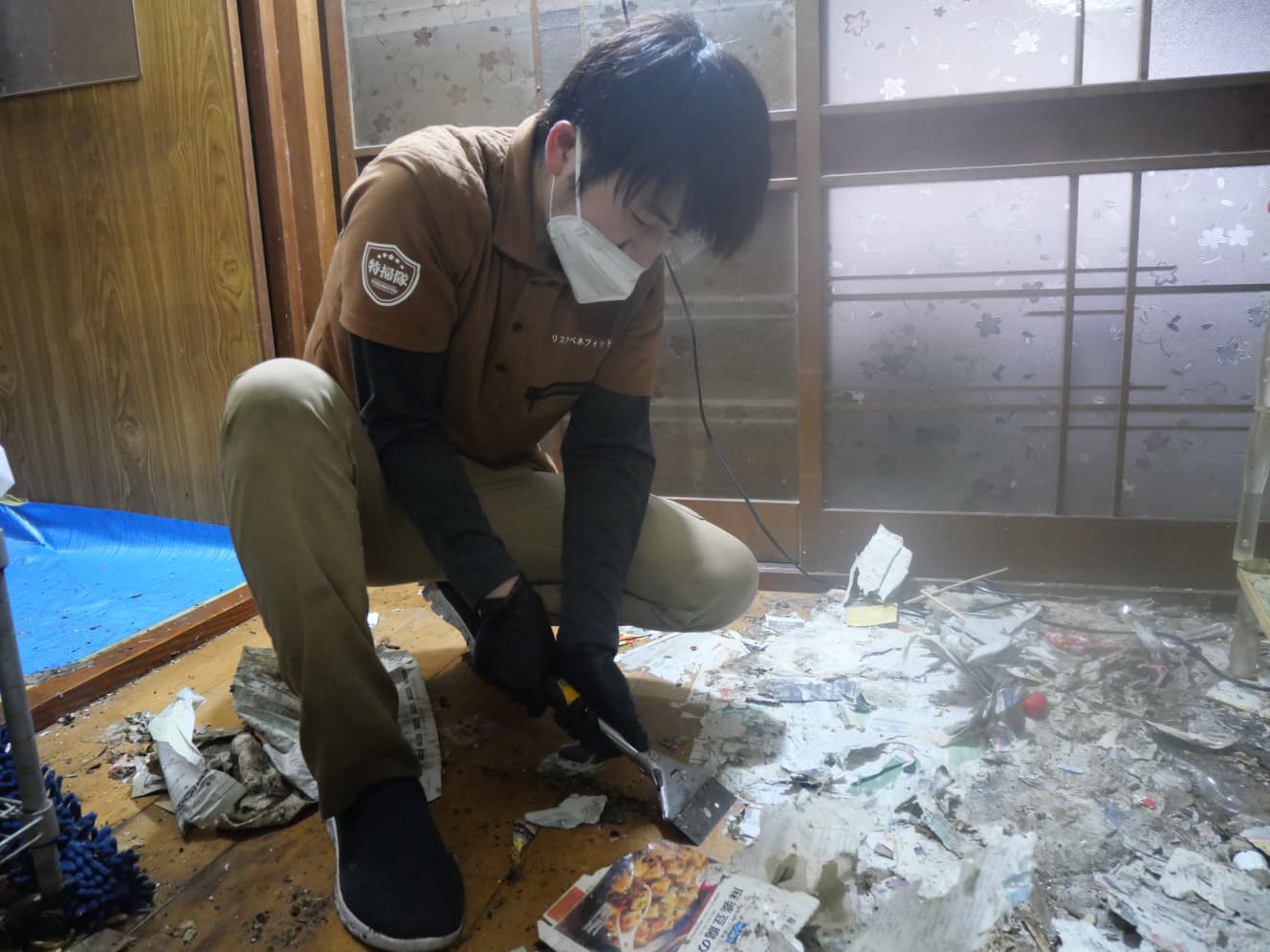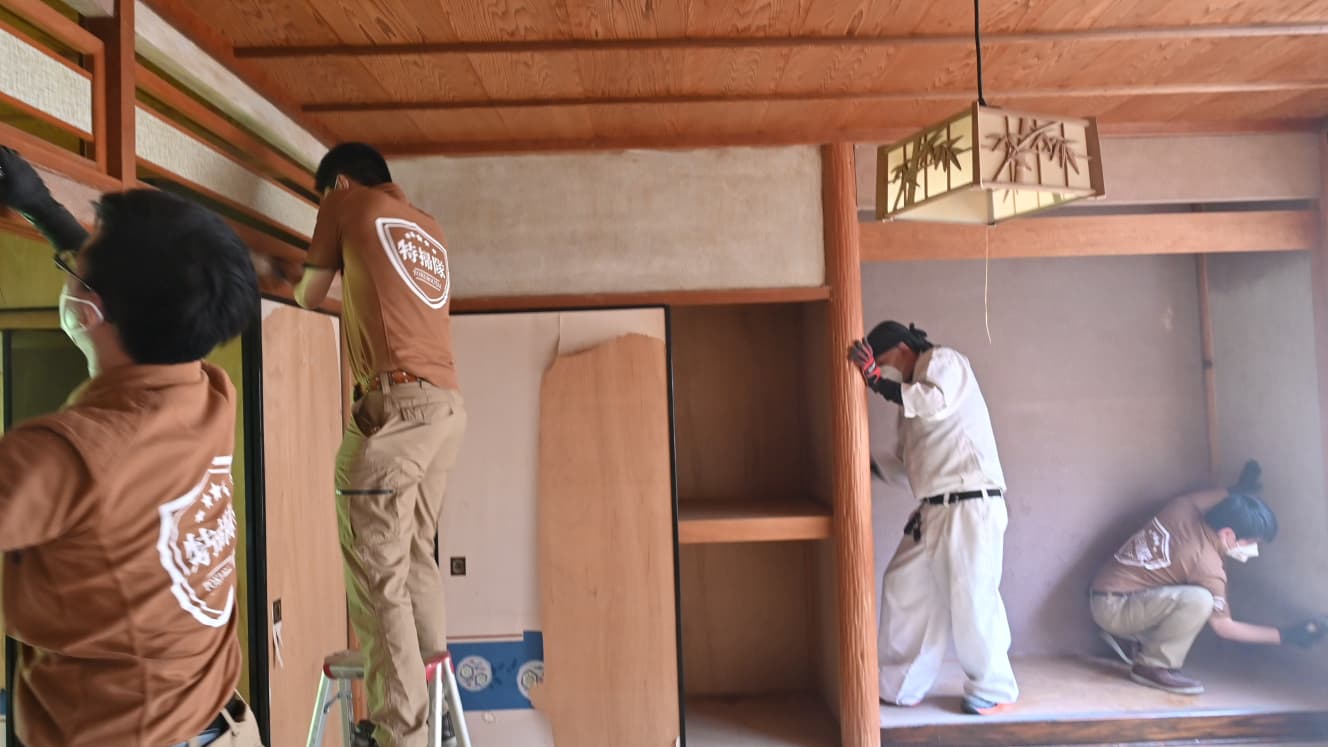Decomposing bodies and a terrible stench… Background of the “Surge in Demand” for Solitary Death Insurance
Nonfiction writer Kota Ishii delves into the depths of Japanese society!

Japan is one of the world’s leading countries in terms of “lonely deaths”. Some foreign media even refer to this as the Japanese word “kodokushi”.
Did you know that in such a country like Japan, loneliness death insurance is now gaining momentum?
In a society where people tend to isolate themselves easily, many people, even those who are not elderly, are concerned about dying alone. Especially if you are a single person in a household, you have probably thought at least once about what happens after you suddenly lose your life.
The same is true for those who provide apartments and other rental properties. Whether they are owners or real estate agents, one of the concerns they have is that their tenants will die alone.
What if I die unnoticed and am found decomposing?
What if I die alone and my residence is contaminated by my death?
Such fears are swirling around both renters and lessees in Japan today.
Ten times more likely to die in a traffic accident

Solitary death insurance is precisely the kind of thing that can enter into such darkness and shine a light on it, for better or worse. That is why, as a product, it is rapidly spreading throughout Japan.
Through this solitary death insurance, let’s consider some cases of lonely deaths in Japan today.
Currently, it is estimated that the number of people who die alone in Japan and are not found for more than two days after their death is 25,000 to 30,000 per year.
The number of deaths due to traffic accidents in 2021 was 2,636. Considering this, the number of solitary deaths is roughly 10 times the number of deaths from traffic accidents.
Middle-aged men in their 60s in single-person households are the most common group of solitary deaths. Women are less common because they have more companionship than men, and the late elderly are less common because they need care and oversight. In their case, sudden death tends to be quickly detected.
In other words, in most cases, middle-aged men who think they are still healthy but are isolated from society suddenly fall ill with heart or brain disease and remain so for days without anyone noticing.

A major problem caused by solitary deaths is the decomposition of the bodies. In the summer, the body begins to decompose within two days or so, and the smell of decay, insect infestation, and the body begins to dissolve.
Toshiro Tanaka, who manages two apartment buildings in Tokyo, has never forgotten the first time he saw a solitary death about 20 years ago.
A man in his 70s was living alone in a one-room apartment. He had apparently collapsed while taking a bath, and was not found until more than a week later. Since it was summer, the decomposition was intense and the body emitted a tremendous stench.
The body melted away

Tanaka says,
“The body was found almost melted in the bathtub. When we contacted the police, they told us we had to do the cleanup. I didn’t even know about special cleaning services at the time.
I didn’t think I could do it myself, so I tried “DIYs”. I didn’t know the market price, and the total cost was about 1.3 million yen, but even after the cleaning was completed, the smell was not gone at all. Apparently, the smell had seeped into the pipes at the back of the bathroom drain, and no matter what I did, I could not get it out.
We paid several contractors several hundred thousand yen for more, but to no avail. In the end, we had to replace the pipes and everything else, which cost us a lot of money.”
In the case of a death in a bathroom, it is common to have to replace not only the bathtub but also the drainpipes, and in the case of a death on tatami mats, even the floor and pillars soaked with bodily fluids may have to be replaced.
Although it depends on the circumstances of the solitary death and the contractor, the cost of today’s special cleaning services can run into the hundreds of thousands of yen, or even over a million yen in some cases.

Solitary deaths became a major problem in Japan about 15 years ago.
Around this time, the first baby boom generation born after World War II reached the age of around 60, and the number of solitary deaths began to increase.
As the media began to focus on the problem of solitary deaths, various companies began to enter the business of cleaning and arranging the belongings of the deceased. Although these businesses require a high level of skill and knowledge, many people started their own businesses, perhaps because they saw it as an easy job that did not require a lot of capital to start.
This allowed owners of rental properties to hire contractors to clean up after a solitary death, but the problem was the cost. The cost of special cleaning services varies from company to company, and is not inexpensive.
Owners do not want to have to pay the entire cost themselves. If the special cleaning cost 600,000 yen, the security deposit alone would not be enough.
Two Types of Solitary Death Insurance

Hence, the costs incurred would be charged to the guarantor or the bereaved family, but there are cases where the tenant has moved in without a guarantor to begin with, or is completely disconnected from his/her relatives and refuses to pay. If this happens, the costs cannot be recovered from anywhere.
Insurance companies took notice of this situation. They saw a commercial opportunity in offering lonely death insurance as a product.
There are two main types of solitary death insurance.
Owner-purchased: The owner of the rental property purchases the insurance and pays for it.
Tenant-purchase type: Tenants pay the premiums themselves.
The contents of the insurance policies vary, but in general, the owner-purchase type insures the cost of special cleaning and the cost of organizing the property, while the tenant-purchase type includes the cost of discharging debts and other inheritances and funeral expenses.
There is a risk-benefit for companies that provide special cleaning services. Toru Tadamura, president of the company, says the following.
“Today, the purchase of solitary death insurance is becoming the standard in places where lone deaths are likely to occur, such as one-room apartments for rent. If I were to give you a sense of the situation on the ground, I would say that in large cities like Tokyo, more than half of the residents are covered by insurance.”
Solitary death insurance itself has been increasing for about 10 years. However, it is only in the last few years that it has been applied.
This is due to the characteristics of the insurance. There is a time lag of several years between the time an insured person enrolls and the time he or she actually dies. This is why people who have taken out insurance policies have been dying alone in recent years.
Tadamura continues,
“Recently, real estate companies have been requiring their tenants to purchase insurance. Some insurance products include solitary death insurance along with fire insurance. So, instead of just putting in a solitary death insurance policy, we require them to purchase a set of insurance products.
Some of these insurance products cover the cost of removing household goods. People at high risk of dying alone tend to be at high risk of having their rooms trashed. This is also a tricky case for owners. So the demand for such insurance products will increase.”
Single-person households account for nearly 40% of all households.
According to the 2008 census, single-person households accounted for 38.1% of all households, and the number is increasing every year. In light of this, the solitary death insurance market is expected to continue to grow.
However, the situation is somewhat different for “tenant-purchase” solitary death insurance, which is purchased by tenants at their own discretion.
They are aware of the risk of dying alone, and the reason they pay a certain amount of money each month to purchase insurance is to avoid inconvenience to their children and other family members after their death.
However, if they do not inform their families that they have a solitary death insurance policy, or if the families forget about it, the insurance policy will not be used. In some cases, people live alone because they do not have a close relationship with their families, so the question of how to inform their families of the fact that they have insurance is one that cannot be taken lightly.
So, what is the current situation of solitary deaths after the COVID-19 crisis, and what is being done to avoid solitary deaths? In Part 2, we would like to report on the real stories of those who have died in solitary confinement.
(Honorifics omitted in the text)
The second part is here → “The terrible situation and price competition,” as described by a business operator.
Interview and text: Kota Ishii
Born in Tokyo in 1977. Nonfiction writer. Graduated from Nihon University College of Art. He has reported and written about culture, history, and medicine in Japan and abroad.
Photo: Courtesy of Risk Benefit